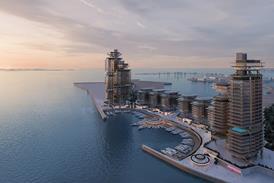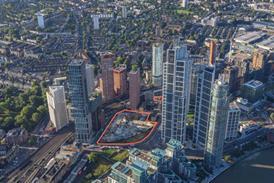- Home
- Intelligence for Architects
- Subscribe
- Jobs
- Events

2025 events calendar Explore now 
Keep up to date
Find out more
- Programmes
- CPD
- More from navigation items
The key to designing successful tall buildings

As tall buildings rise, so does the need for thoughtful design and public trust, writes Tom Mitchell
With the Council on Tall Buildings and Urban Habitat convening at the Barbican this week, we’ve been thinking about tall buildings and what determines their success.
As we try to densify our UK towns and cities to address the housing crisis, minimise travel, and create more sustainable places, tall buildings are becoming a fact of life.
Since the NLA Tall Building Survey launched in 2014, it has shown a consistent rise in the number of towers in the pipeline for London alone, shocking the media and general public.
…
This content is available to registered users | Already registered?Login here
You are not currently logged in.
To continue reading this story, sign up for free guest access
Existing Subscriber? LOGIN
REGISTER for free access on selected stories and sign up for email alerts. You get:
- Up to the minute architecture news from around the UK
- Breaking, daily and weekly e-newsletters
Subscribe to Building Design and you will benefit from:

- Unlimited news
- Reviews of the latest buildings from all corners of the world
- Technical studies
- Full access to all our online archives
- PLUS you will receive a digital copy of WA100 worth over £45
Subscribe now for unlimited access.






